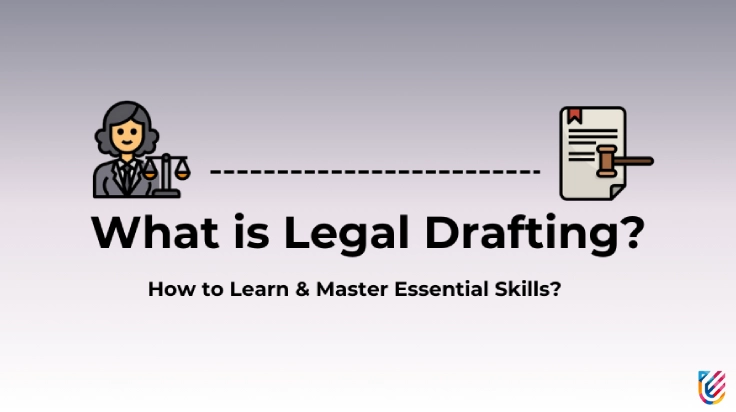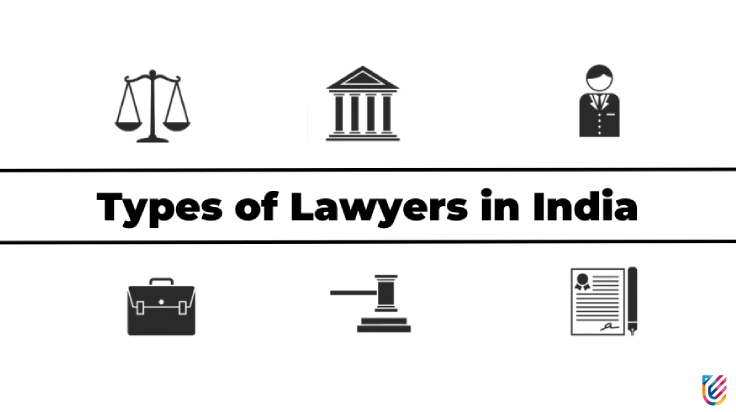What is Legal Drafting? How to Learn, Essential Skills & More
- UPES Editorial Team
- Published 04/03/2025

Table of Contents:
Legal drafting is the art of transforming complex legal concepts into clear, concise, and enforceable documents. It is the cornerstone of effective legal practice, ensuring that rights are protected, obligations are clarified, and disputes are minimized. Whether you’re drafting a contract, preparing a court petition, or framing a corporate agreement, mastering how to draft legal documents is crucial for success in the legal profession. With structured education and regular practice, anyone can develop the skills needed for precise and impactful legal drafting.
Become future-ready with our Law programs
Know MoreWhether you’re preparing a contract, filing a petition, or drafting corporate agreements, strong drafting skills are crucial for clear communication and legal precision. Aspiring legal professionals can gain expertise in drafting legal documents through structured education, such as BA LLB (Hons) or BBA LLB (Hons) programs offered by institutions like UPES School of Law.
What is Legal Drafting?
Legal drafting refers to the process of creating accurate, clear, and legally enforceable documents. These documents serve as the foundation of legal relationships, transactions, and processes. Understanding the format of legal drafting is crucial for ensuring documents are effective and aligned with legal standards.
Some common legal drafting examples include:
- Contracts
- Wills and Trusts
- Notices
- Memoranda of Understanding (MoUs)
- Court petitions and pleadings
Types of Drafting in Law
The types of drafting in law vary depending on the legal field. Below are some key categories:
- Transactional Drafting: Includes contracts, agreements, and deeds.
- Litigation Drafting: Includes pleadings, petitions, and legal notices.
- Legislative Drafting: Focuses on statutes, ordinances, and policies.
- Policy Drafting: Deals with frameworks and guidelines for organizations or governments.
- Research-Based Drafting: Involves drafting legal opinions or reports.
Importance of Drafting in Law
The importance of drafting in law cannot be overstated. Properly drafted documents ensure legal compliance, minimize ambiguities, and prevent future disputes. A poorly drafted legal document can lead to misinterpretation, financial loss, or even litigation.
How to Learn Legal Drafting?
Learning how to draft legal documents requires a combination of theoretical knowledge and practical exposure. Here’s how you can start:
1. Pursue a Law Degree: Programs like BA LLB (Hons) or BBA LLB (Hons) from UPES School of Law provide foundational knowledge in legal drafting and documentation.
At UPES, we recognize the importance of right education and legal exposure in shaping the careers of aspiring law students. Here’s why UPES stands out as a top choice:
| Moots Courts | Seminars | Draft Writing | Legal Internships |
- Industry-Academia Linkage: Our curriculum is designed in collaboration with industry leaders, ensuring students are career-ready.
- State-of-the-Art Facilities: From modern moot courts to vibrant campus life, UPES provides a holistic learning environment.
- Career Support: With strong placement records, UPES ensures students transition smoothly into their professional lives.
2. Study Formats: Learn the format of legal drafting for different types of documents.
3. Analyze Examples: Review drafting legal documents examples to understand best practices.
4. Practice Regularly: Create drafts for hypothetical cases to refine your skills.
5. Learn from Experts: Attend workshops, seminars, and internships under experienced legal professionals.
Essential Skills for Legal Drafting
To excel in drafting legal documents, you’ll need these essential skills:
- Clarity and Precision: Avoid vague language; ensure your intent is unmistakable.
- Legal Research: Stay updated on laws, regulations, and precedents.
- Attention to Detail: Check every clause, punctuation, and reference.
- Analytical Thinking: Anticipate legal implications of every statement.
- Strong Writing Skills: Combine technical accuracy with simplicity.
Format of Legal Drafting
While the format of legal drafting can vary depending on the document type, a general structure includes:
- Title: Clearly stating the document's purpose (e.g., “Sale Agreement”).
- Introduction/Recitals: Provides context, including background information and intent.
- Parties Involved: Names and roles of the parties.
- Definitions: Clarifies key terms used throughout the document.
- Main Clauses: Specifies terms, conditions, rights, and obligations.
- Recitals: Background and intent of the document.
- Terms and Conditions: Clearly defined clauses and obligations.
- Signatures: Space for parties to sign and date.
- Annexures: Includes supplementary documents if needed.
Examples of Legal Drafting
Some drafting legal documents examples include:
- Employment Agreement: Outlines terms of employment between employer and employee.
- Lease Deed: Defines the terms of property rental.
- Petition for Divorce: Specifies grounds and relief sought in family law cases.
Types of Legal Documents
The types of legal documents vary across fields, but some common ones include:
- Affidavits
- Power of Attorney
- Sale Deeds
- Loan Agreements
- Corporate Bylaws
Is Legal Drafting a Good Career?
Yes, legal drafting is an excellent career path, especially for those interested in law but not necessarily litigation. Professionals skilled in drafting are in demand across law firms, corporate legal teams, government bodies, and international organizations. This career offers opportunities to specialize in areas like corporate law, intellectual property, real estate, or policy drafting. Additionally, expertise in drafting provides a solid foundation for growth into higher legal roles, offering both financial stability and professional satisfaction.
Legal Drafting in Practice
Top law firms and corporate legal departments prioritize hiring professionals skilled in how to do drafting in law. Companies like Shardul Amarchand Mangaldas, AZB & Partners, and Reliance Industries offer roles where expertise in legal documentation meaning is critical.

Our counsellors are just a click away.
Conclusion
Mastering legal drafting is essential for anyone aspiring to build a successful career in law. By understanding the importance of drafting in law, learning different types of legal documents, and practicing regularly, you can develop this indispensable skill. Programs like BA LLB (Hons) and BBA LLB (Hons) from UPES School of Law are designed to equip you with the knowledge and expertise to excel in this domain.
Start your journey to becoming a proficient legal drafter today!
UPES Editorial Team
Written by the UPES Editorial Team
UPES Admission Enquiry
Subscribe to UPES Blogs
Join our community for exclusive stories, insights, and updates
By clicking the "Subscribe" button, I agree and accept the privacy policy of UPES.



























